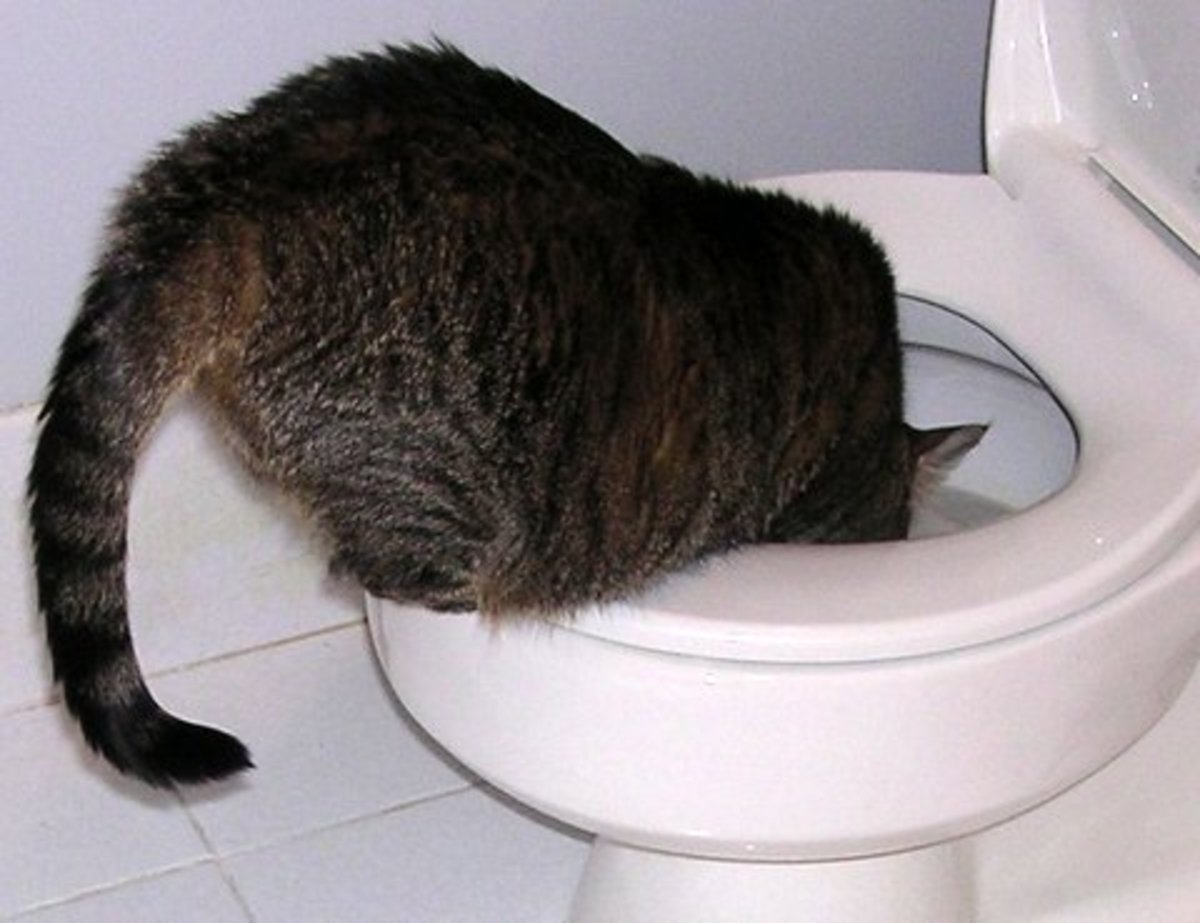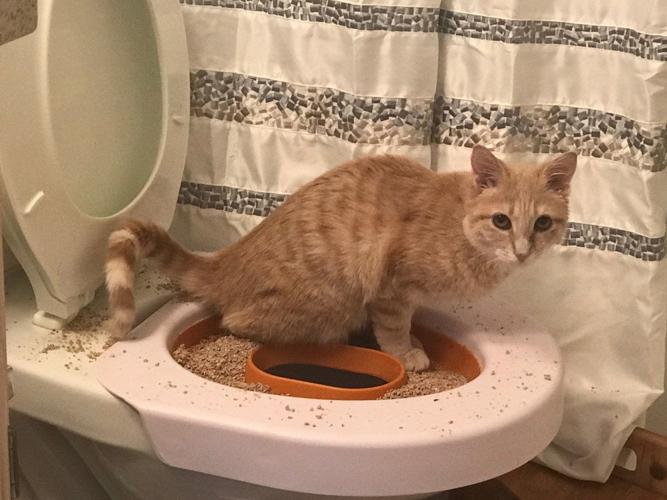What Flushing Animal Waste Down the Toilet Should be Harmful
CallRight here underneath you can get a good deal of sound additional info in relation to Why you should never flush dog poop down the toilet.

When it involves getting rid of waste, specifically animal waste, many people commonly turn to the practical option of flushing it down the toilet. Nevertheless, this seemingly easy option can have major consequences for the setting and public health. In this post, we'll explore why flushing pet waste down the commode is a bad idea and supply alternate approaches for correct disposal.
Intro
Correct garbage disposal is important for preserving environmental sustainability and public health. While it may seem harmless to purge animal waste down the bathroom, it can result in various concerns, both for the setting and human wellness.
Risks of flushing animal waste
Ecological effect
Purging animal waste presents dangerous bacteria and virus into waterways, which can adversely impact aquatic environments. These microorganisms can infect water sources and damage marine life, interrupting fragile ecological communities.
Public health issues
Animal waste has harmful bacteria such as E. coli and Salmonella, which can posture serious health risks to human beings. Flushing pet waste down the commode can pollute water supplies, leading to the spread of conditions and infections.
Alternatives to flushing
Rather than purging animal waste down the commode, there are a number of alternate disposal methods that are a lot more environmentally friendly and sanitary.
Composting
Composting pet waste is an environment-friendly method to get rid of it. By composting, raw material is broken down right into nutrient-rich dirt, which can be used to fertilize gardens and plants.
Garbage dump disposal
Getting rid of pet waste in a land fill is an additional alternative. While not as eco-friendly as composting, it is a much safer choice to flushing, as it protects against the contamination of water sources.
Pet dog garbage disposal systems
There are customized pet garbage disposal systems readily available that securely and hygienically take care of pet waste. These systems usually utilize enzymes to break down waste and eliminate smells.
Actions to appropriate pet waste disposal
To make sure proper disposal of animal waste, comply with these actions:
Scooping and nabbing waste
Routinely scoop and bag animal waste making use of naturally degradable bags. This protects against waste from contaminating the atmosphere.
Utilizing assigned waste bins
Dispose of bagged animal waste in designated waste containers, such as garden compost bins or landfill containers. Stay clear of flushing it down the bathroom in any way expenses.
Cleansing can and pet areas on a regular basis
On a regular basis tidy litter boxes and family pet areas to avoid the accumulation of waste and bacteria. Usage pet-safe cleaning items to keep health.
Benefits of proper disposal methods
Taking on appropriate disposal methods for animal waste offers a number of advantages:
Minimized environmental pollution
Proper disposal techniques reduce the danger of environmental pollution, safeguarding waterways and communities from contamination
Decreased risk of water contamination.
By preventing flushing animal waste down the bathroom, the danger of water contamination is significantly decreased, securing public health.
Enhanced sanitation and health
Appropriate disposal techniques promote better cleanliness and health, developing a more secure setting for both human beings and pets.
Verdict
To conclude, purging animal waste down the commode is unsafe to the atmosphere and public health. By adopting alternate disposal approaches and following appropriate waste monitoring practices, we can lessen the adverse influence of pet waste and add to a cleaner, much healthier planet.
What To Do With Dog Poo – The Do's And Don'ts Of Disposing Of Faeces
Dog poo bins
Some councils provide dedicated dog waste bins in popular dog-walking areas that can take dog poo that has been bagged but you can legally dispose of dog waste in any public litter bin, as long as it is securely bagged. This also applies to your wheelie bin at home.
Do not flush
Water companies do not recommend flushing dog faeces down the toilet because certain parasites can survive the water processing treatment and are potentially harmful to humans. You should also never consider flushing dog poo that has been bagged down the toilet as the bags will not break down and instead create severe blockages in the sewage system.
In the woods
The Forestry Commission promotes a ‘stick and flick’ method for dealing with waste in the woods. This means finding a stick and using it to flick any poo from off the path so that it is out of the way of other walkers. You could also bury it as long as it is not in an area where there might be livestock.
Livestock
Parasites found in dog poo can be transmitted to livestock if they inadvertently eat infected faeces that has been left on grazing land. This could result in the death of sheep or abortion in cattle so you should always make sure you pick up your dog’s waste in fields where livestock could be present.

On a regular basis tidy litter boxes and family pet areas to avoid the accumulation of waste and bacteria. Usage pet-safe cleaning items to keep health.
Benefits of proper disposal methods
Taking on appropriate disposal methods for animal waste offers a number of advantages:
Minimized environmental pollution
Proper disposal techniques reduce the danger of environmental pollution, safeguarding waterways and communities from contamination
Decreased risk of water contamination.
By preventing flushing animal waste down the bathroom, the danger of water contamination is significantly decreased, securing public health.
Enhanced sanitation and health
Appropriate disposal techniques promote better cleanliness and health, developing a more secure setting for both human beings and pets.
Verdict
To conclude, purging animal waste down the commode is unsafe to the atmosphere and public health. By adopting alternate disposal approaches and following appropriate waste monitoring practices, we can lessen the adverse influence of pet waste and add to a cleaner, much healthier planet.
What To Do With Dog Poo – The Do's And Don'ts Of Disposing Of Faeces
Dog poo bins
Some councils provide dedicated dog waste bins in popular dog-walking areas that can take dog poo that has been bagged but you can legally dispose of dog waste in any public litter bin, as long as it is securely bagged. This also applies to your wheelie bin at home.
Do not flush
Water companies do not recommend flushing dog faeces down the toilet because certain parasites can survive the water processing treatment and are potentially harmful to humans. You should also never consider flushing dog poo that has been bagged down the toilet as the bags will not break down and instead create severe blockages in the sewage system.
In the woods
The Forestry Commission promotes a ‘stick and flick’ method for dealing with waste in the woods. This means finding a stick and using it to flick any poo from off the path so that it is out of the way of other walkers. You could also bury it as long as it is not in an area where there might be livestock.
Livestock
Parasites found in dog poo can be transmitted to livestock if they inadvertently eat infected faeces that has been left on grazing land. This could result in the death of sheep or abortion in cattle so you should always make sure you pick up your dog’s waste in fields where livestock could be present.

I recently found that piece of writing on when perusing the search engines. If you liked our article please make sure you remember to share it. We take joy in your readership.
Website